Though it often gets a bad rap violence and victimization of women, the horror genre is surprisingly feminist; far more so than other genres.
To many people, the mere mention of the word “horror” invokes images of brutal violence and sexual exploitation. It’s understandably counterintuitive that the same genre that depicts helpless young women being mercilessly stalked, tortured, and maimed for the viewer’s pleasure could represent some of the boldest and most sincere artistic statements of female empowerment.
It is a shame that there has been a tendency to dismiss horror movies as vapid entertainment through which adolescent males vent their aggression.
When you ignore the blood and guts and look beyond the stereotypical damsels in distress, you find that horror has long been a pioneer in introducing feminism to mainstream cinema.
Before there was Thelma and Louise, there was Laurie Strode duking it out with Michael Myers in Halloween (1978) and Ellen Ripley outmaneuvering monsters twice her size in Alien (1979).
Scroll through any streaming service and randomly select a movie. Odds are that you will end up watching a story starring a male protagonist with a male-centric storyline.
If you happen to end up with a movie starring a female protagonist, you’ll likely assume (and probably correctly) that you’ve stumbled onto a chick flick (or if you’re lucky, one of the rare arthouse films that actually bothers to flesh out its female/queer/trans/nonbinary characters).
Now try the same exercise with a random horror movie, and the odds are suddenly flipped.
Ever since Stephen King’s Carrie was introduced onto the screen in 1976, audiences have grown accustomed to accepting female characters as leads in horror films. As recently as 2019, Little Women continues to be dismissed as a film for ladies, no matter how much critics and scholars insist that the work has a broader influence.
Meanwhile, no one would accuse 2005’s The Descent — a film about six women who go on a spelunking adventure only to find themselves trapped in a world of sinister cave-dwelling monsters — of being a chick flick, despite boasting an almost entirely female cast.
Many would argue that the mere casting of female actors is not enough.
Some would even go as far as to say that female characters are included for the sole purpose of propagating tired sexist tropes.
For example, creating a line of heroines whose survival as the “final girl” — the last remaining victim that the killer could not overcome — depends on being virginal (yet still half-dressed), smarter than the other girls, and at times inhumanly strong.
This oft-repeated criticism not only grossly simplifies the roles it disparages, but conveniently forgets that not all horror movies can be reduced to killer vs. victim. I first fell in love with horror at age 13 through Wes Craven’s Scream franchise, not in small part thanks to its dauntless heroine Sidney Prescott. The first film starts out with the quintessential terrorized blonde meeting her gory demise, but the scene is intended to set up a movie that is overtly aware of its ridiculous clichés.
What develops by the end is a narrative about a woman who refuses to be a victim of a man’s inability to control his own anger.
Throughout the 2010s, the stalked female victim caricature has blossomed into more nuanced narratives.
It Follows (2014) brilliantly confronts the virgin allegory head-on, and even the concept of the “final girl” has taken on a new life as a self-aware sub genre (see Abigail Breslin in The Final Girl, 2015, or Sharni Vinson in You’re Next, 2011.)
Slasher films are not the only place to look for portrayals of strong female characters. Horror in general excels (perhaps even unintentionally) at portraying women as actual human beings, each with their own rich lives and motives.
A film like As Above So Below (2014) does not have to consider itself high-brow feminist cinema in order to create a character driven to great lengths by her academic ambitions as an archaeologist (crawling through a pile of bones in the Parisian catacombs, for example); Cam (2018) gives us an intimate, non-judgmental glimpse into the often misunderstood world of online sex work from an insider’s point of view.
More than just nonchalantly featuring female leads, horror delves into themes about what it means to be female in ways that other genres could stand to replicate.
It gives us stories that explore women’s identities, femininity, sexuality, social expectations, family roles, and the female lifecycle. Films like Ginger Snaps (2000), Jennifer’s Body (2009) and When Animals Dream (2014) graphically depict the alienation and awakening of adolescent bodies, while films like Rosemary’s Baby (1968), The Babadook (2014), and Hereditary (2018) tackle the often difficult complexities of motherhood.
Horror normalizes emotions and experiences that have been historically belittled as weakness or hysteria, and unabashedly guides its viewers (both male and female) into empathizing with its characters.
While it might be easy to assume that we’re watching women being terrorized for the thrill of it, the essence of a scary movie is that it cannot induce fear unless the viewer authentically feels what the characters are feeling. A welcome side effect is that it has helped normalized men’s abilities to experience these same emotions, paving the way for more nuanced and realistic male figures.
Feminism cannot be defined simply as a byproduct of audiences acclimating to female points of view, but must go the extra step in taking a stance on social justice.
Fortunately, horror leads its counterparts by miles in bringing unflinching portrayals of oppression, sexism, and exploitation to the forefront. It was, after all, Patrick Hamilton’s 1938 play Gas Light and its film adaptations that created awareness around the psychological abuse tactic we now know as “gaslighting.”
Examples abound of period pieces that tell tales of women struggling against the dual threats of violent forces and their own society’s oppressive demands, such as The Witch (2015), Crimson Peak (2015), The Golem (2018), or Hagazussa (2017).
Films like Gerald’s Game (2017) and Unsane (2018) remind us that women in the 21st century continue to fight to exert their voices in an often hostile world.
Rape/revenge fantasies like I Spit On Your Grave (1978) and Revenge (2017) not only turn the victim/prey dynamic on its head, but ask the audience to look inward as accomplices of the assailants who seek entertainment at a woman’s expense.
The beautiful and haunting hidden gem Berberian Sound Studio (2012) offers an unexpected take on the #MeToo movement, as seen through the eyes of a male bystander who reluctantly partakes in the exploitation of women performers through his work as a Foley artist on the set of a 1970’s horror flick.
Horror films can even function as real acts of civil disobedience, depicting subversive representations of women living under strict authoritarian regimes.
Take two impactful films from Iran, A Girl Walks Home Alone at Night (2014) and Under the Shadow (2016), both of which feature women not only defying their country’s modesty laws, but asserting their power and demanding to be heard.
Of course horror is not without its missteps (no genre is.) The dearth of female directors and producers continues to plague all corners of the entertainment industry, and horror is no exception. Sexist tropes do exist, and the often violent and graphic nature of horror movies can make them particularly glaring.
Where horror still lags the most is in meaningful representation of other marginalized people.
Outside of Ryan Murphy‘s widely popular television anthology, American Horror Story, LBGTQ+ voices continue by and large to be absent at best and abused at worst (ever since Norman Bates’ foray into cross-dressing helped make transphobia an ingredient for inciting terror).
People of color are notoriously tokenized. And although cinema has started moving away from the use of Black characters as disposable props, there is still minimal effort for horror to actually give a platform to non-white stories (and no, the success of Jordan Peele does not mean mission accomplished).
As horror continues to widen its reach as a window into the human experience, I hope viewers will find these exclusions to be increasingly unacceptable.
Horror movies have been groundbreaking from the beginning, and socially influential on a broader scale than people dare give them credit for. Their success over the past hundred years is driven by a willingness to push the envelope farther and faster than almost any other art form.
Horror has undoubtedly cemented its place as a beacon of feminism and, I would like to believe, is well on its way to proving itself as the unquestionable leader in giving a voice to all experiences.


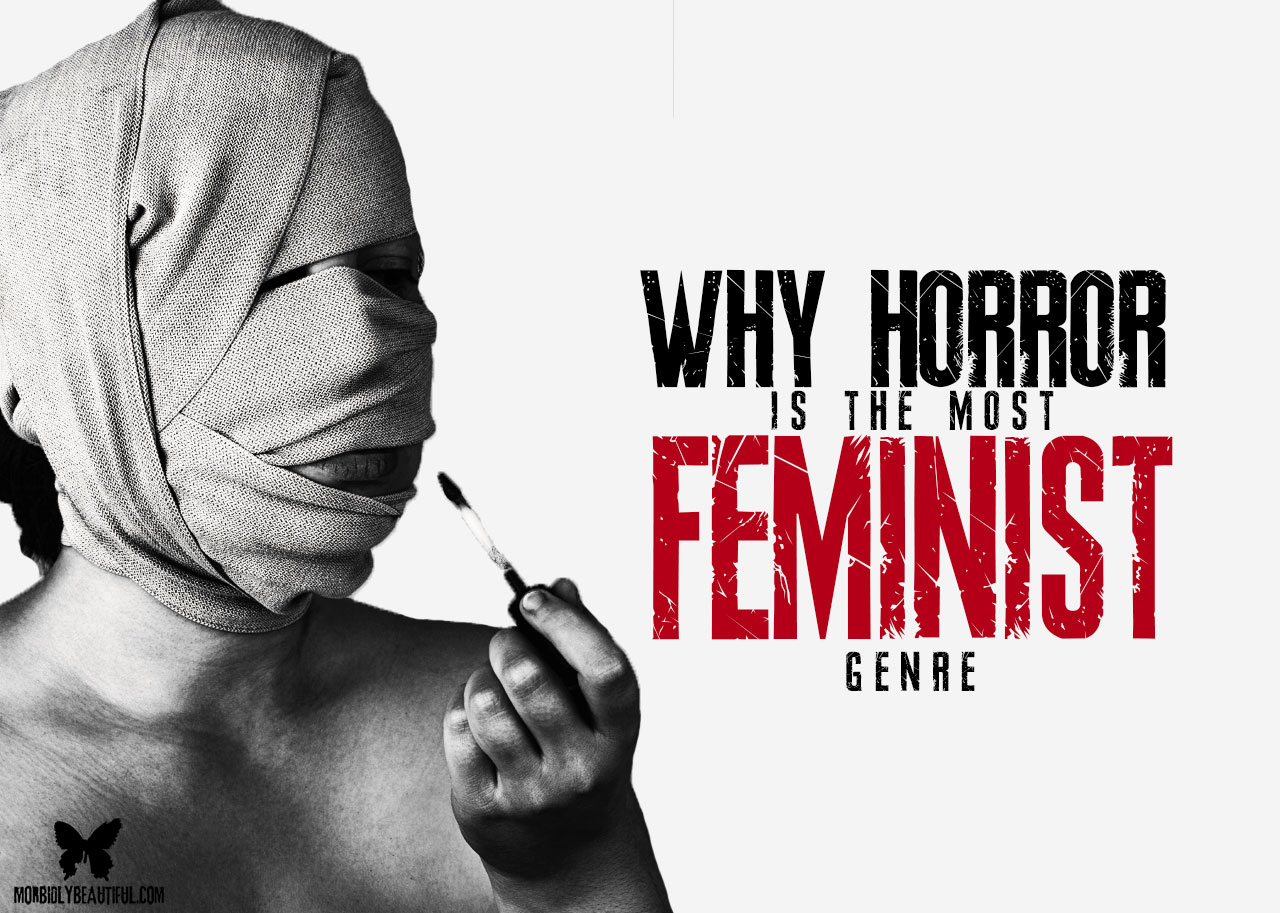
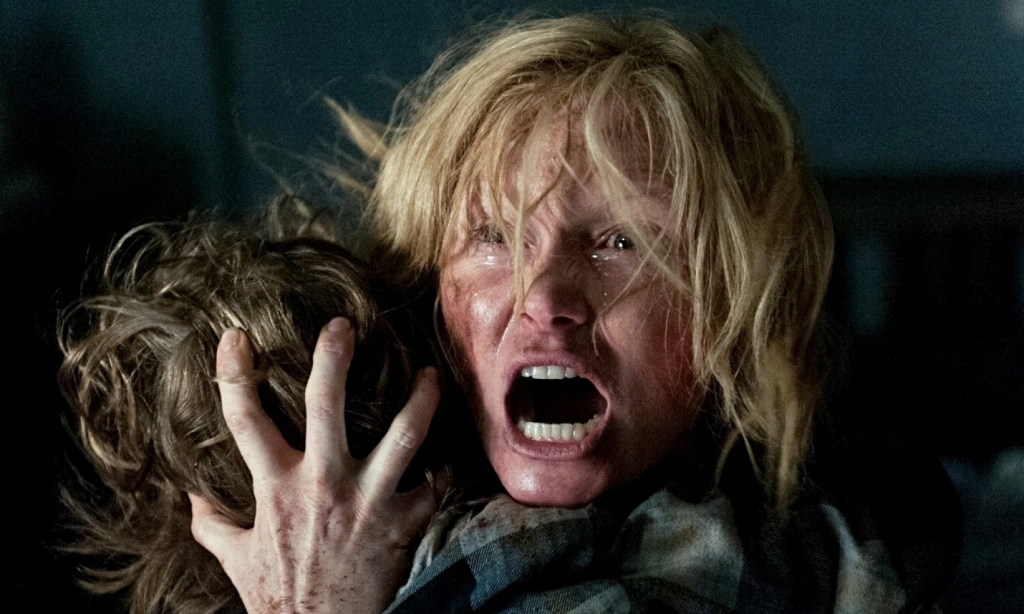
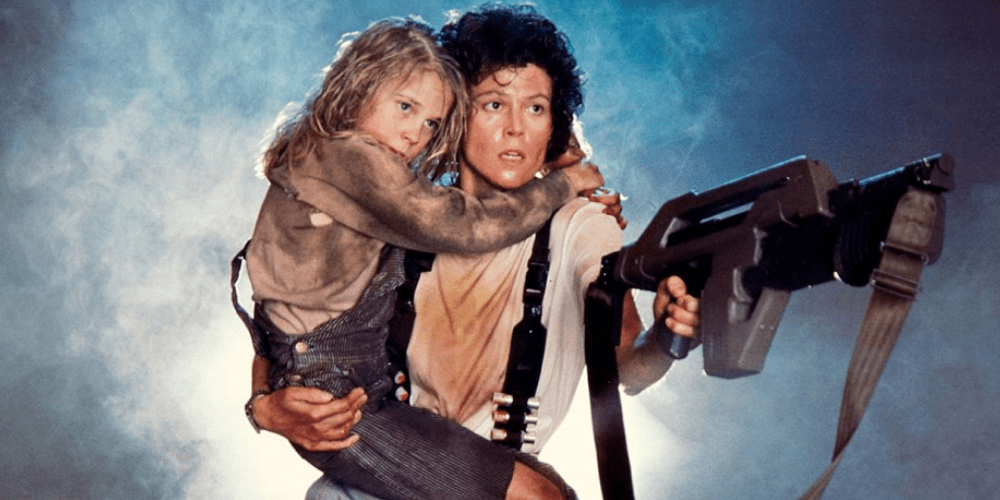
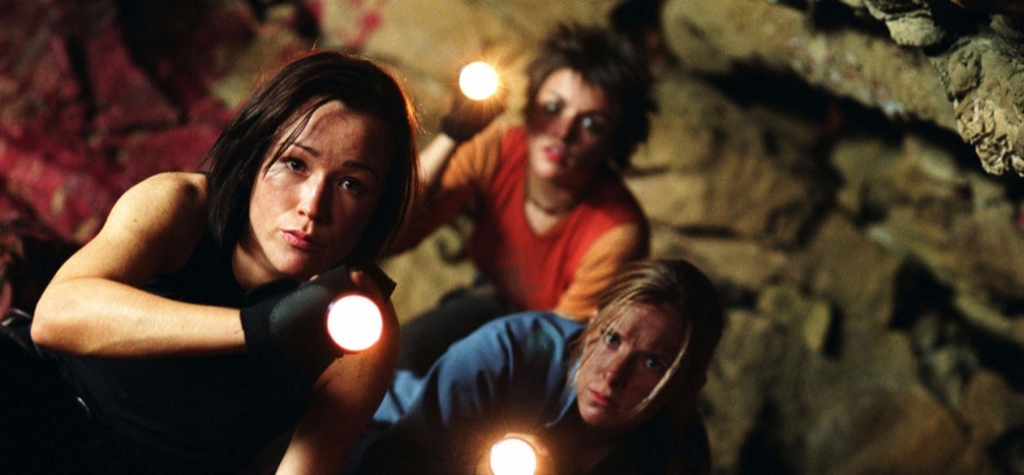
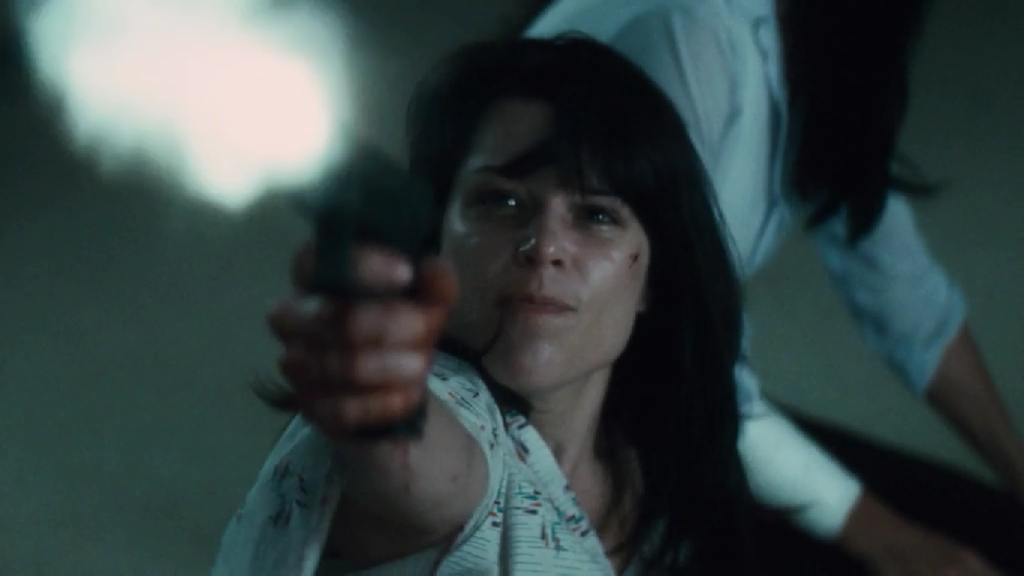
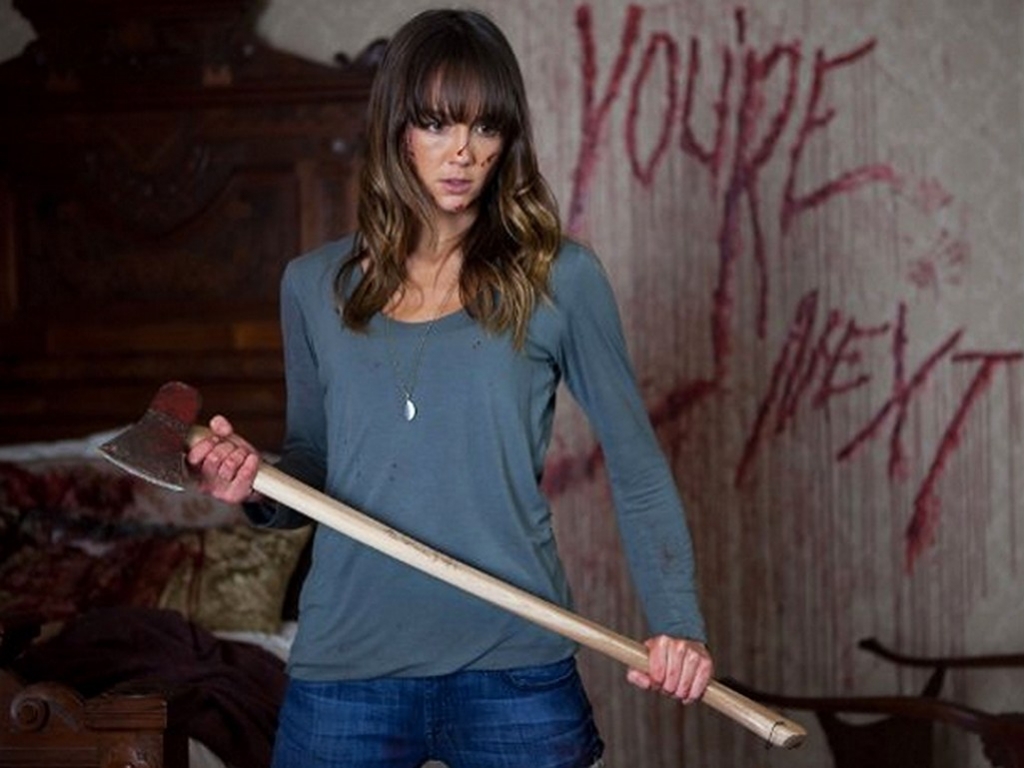
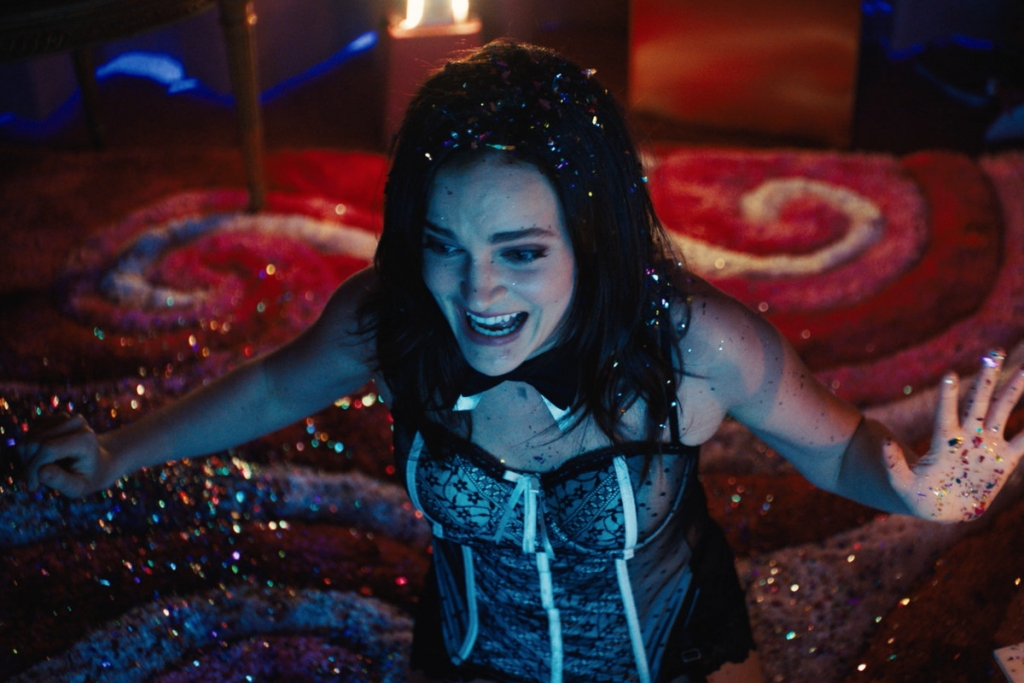
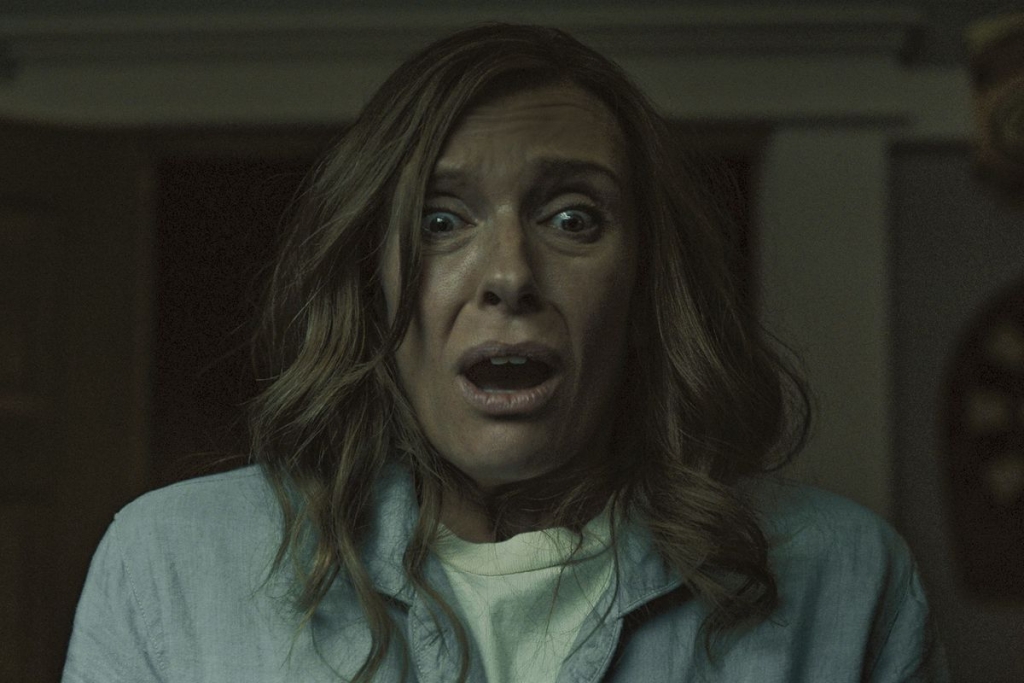
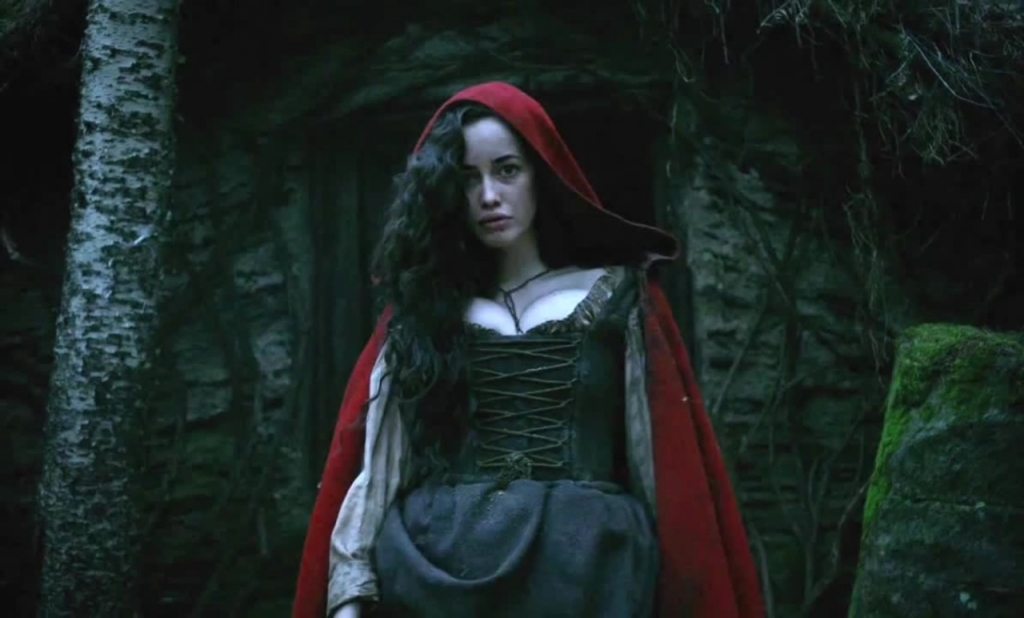
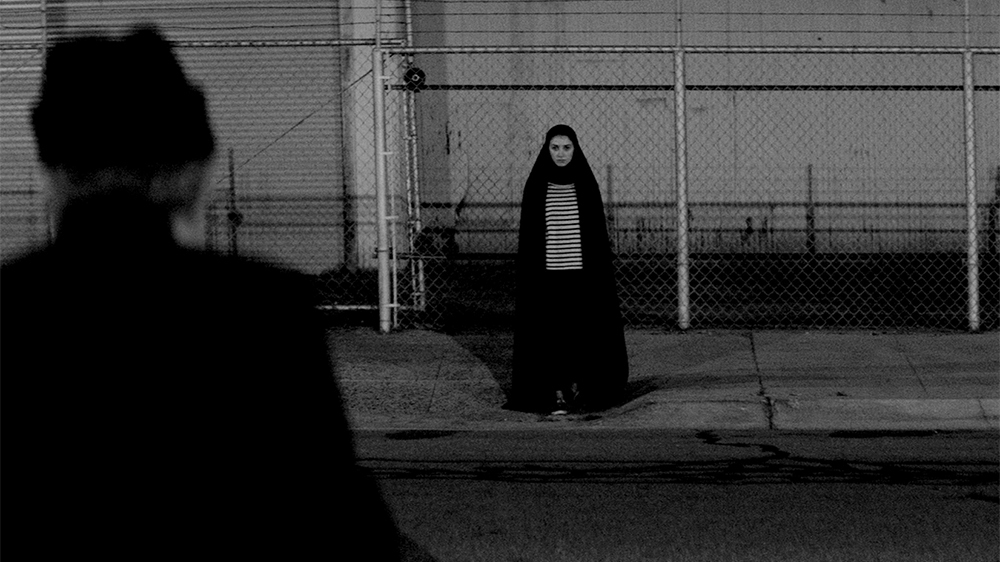
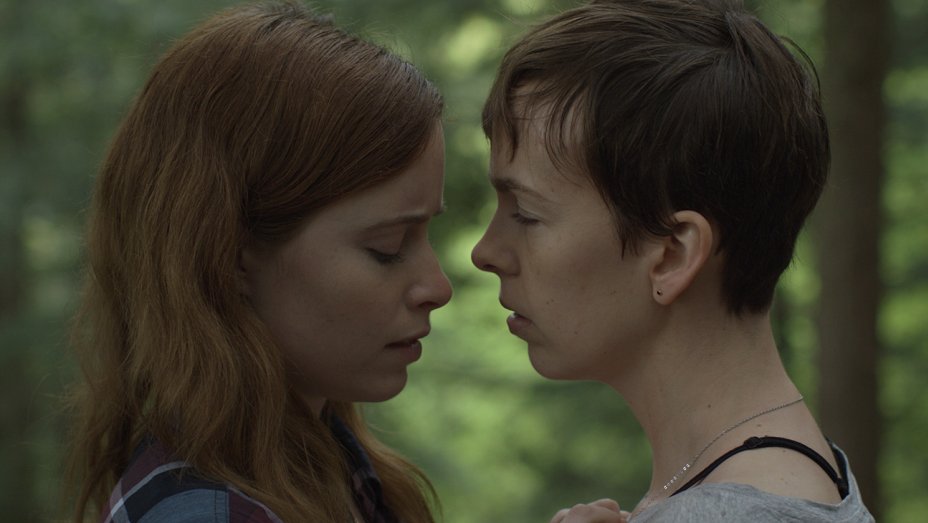
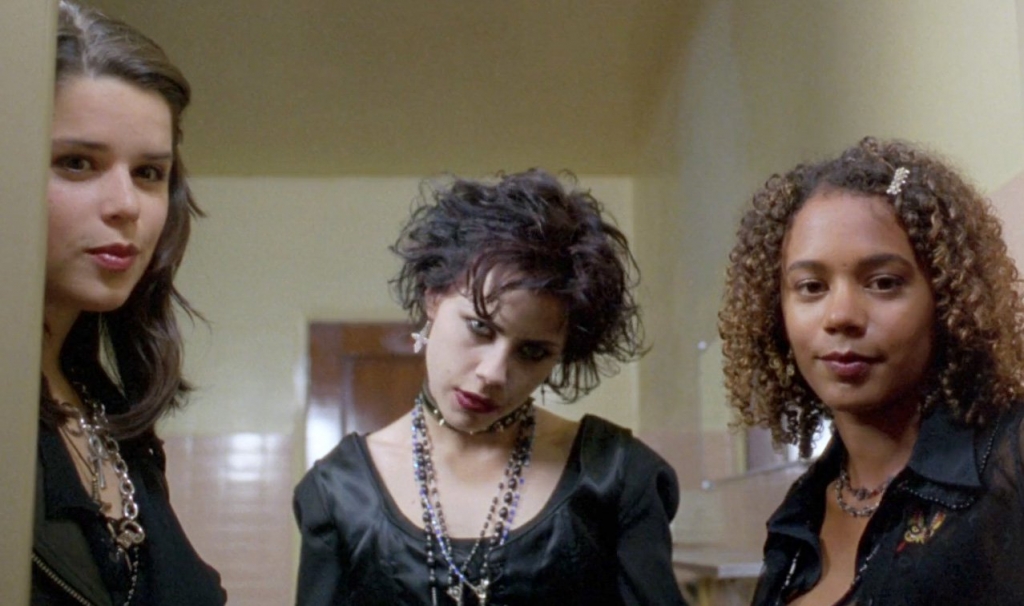
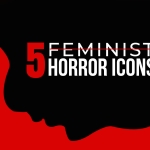
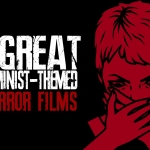

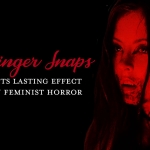





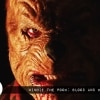
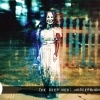




3 Comments
3 Records